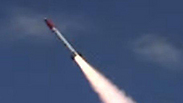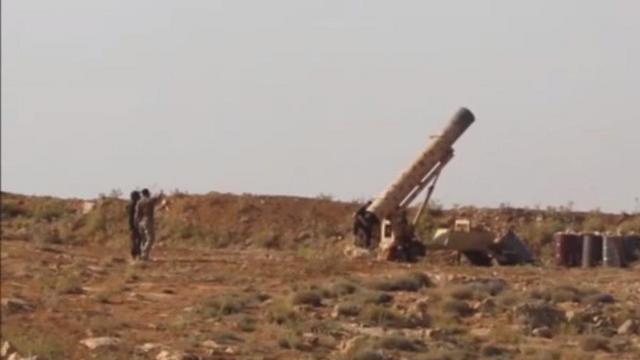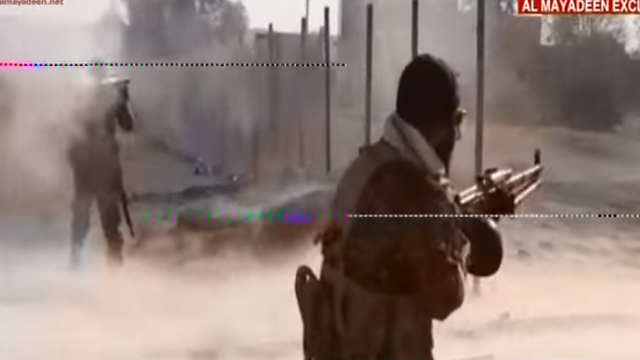
Israel fears Hezbollah will receive precision-guided missiles developed by Iran
Under the nuclear agreement, Tehran has been allowed to convert heavy 'dumb' rockets into precision-guided RAAD missiles, which the IDF believes will be delivered to its Shiite proxies in Syria, namely Hezbollah.
Under the nuclear agreement Tehran signed with world powers, which allows it to continue its missile program unabated, the Iranian military industry is developing one of its most covert projects: the RAAD anti-tank missile.
The Iranians have been able to reach a breakthrough in converting heavy "dumb" rockets—some old and containing hundreds of kilograms of explosives—into precision-guided missiles. These GPS-guided missiles will serve as an alternative to the inertial navigation rockets that lose of their accuracy the further they fly.
The IDF's working assumption is that these missiles will make their way to Iran's main proxy in the Middle East, Lebanese terror organization Hezbollah, which receives 75 percent of its budget from Tehran.
An accurate missile, such as the ones being developed in Iran, is one that has a hit radius of no more than several dozens of meters from its designated target.
For the sake of comparison, with the rockets Hezbollah currently has in its arsenal, the terror group would have to fire a barrage of dozens of projectiles towards central Israel to increase the chances of hitting the the Kirya IDF headquarters in Tel Aviv. But only one accurate missile—assuming it is not intercepted—would be needed to achieve the same objective.
However, Western defense officials are not yet convinced Iran has completed development of the new precision-guided missiles.
Meanwhile, a recent airstrike on the Syrian Scientific Studies and Research Center (CERS), attributed to Israel by Arab media, reportedly laid waste to alleged Iranian infrastructure for the production of advanced arms for Hezbollah.
CERS manufactures missiles based on scientific knowhow from North Korea and Iran. The Syrian center also develops chemical weapons and other munitions for Hezbollah, such as S-60 missiles.
At present, Hezbollah's precision-guided weapons arsenal is minor: A handful of accurate attack drones and "suicide drones."
In addition to that, Hezbollah has hundreds of unmanned aircraft, some of them attack drones, without significant flight and precision capabilities, while others are used for the collection of intelligence and for psychological warfare.
It also has between 80,000-100,000 rockets in ranges of 10 to 500 kilometers, but these rockets are not very accurate.
Nevertheless, the Israeli defense establishment views Hezbollah has the biggest threat to Israel at present.
Israeli defense officials believe Hezbollah has changed its approach with regards to future conflicts with Israel: Instead of a drawn-out war of attrition, like the 2006 Second Lebanon War, the Lebanese terror group would prefer a short war, with a strong opening blow, heavy barrages of rockets, and much subterfuge.
This kind of attitude would require a different approach from the IDF, focusing on the maneuvering of small forces, such as companies and platoons, rather than the cumbersome maneuvering of divisions.
But while the Iranians are urging their Lebanese proxy to escalate the situation with Israel, Hezbollah leader Hassan Nasrallah doesn't follow Tehran's orders completely, in part because of the bad shape his organization is currently in.
At the same time, Iran is continuing its efforts to increase its influence in Syria. Tehran is arming pro-Iranian forces fighting alongside the Syrian army with a massive airlift of some 100 flights a month.
The Islamic republic also seeks to establish a division in Syria under Hezbollah's command, gathering under one central command the tens of thousands of pro-Iranian fighters operating in the war-torn country. There are currently some 8,000 Hezbollah fighters, 1,500 Iranian Revolutionary Guards troops and some 10,000 Shiite militiamen in Syria.














